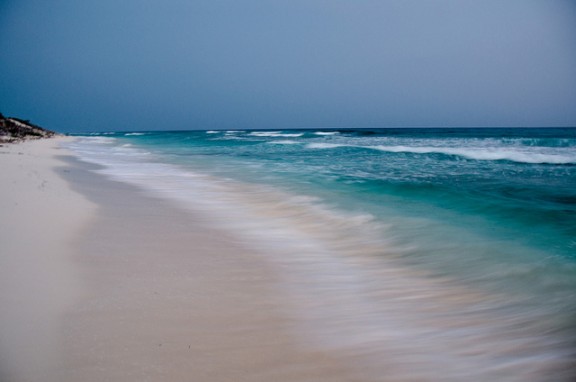President Obama’s recent visit to Cuba was the latest step towards the restoration of diplomatic relations between the two countries, which were severed over fifty years ago. Earlier this year the two governments signed an agreement allowing commercial flights between Havana and the U.S., with Cuba now beginning to open up to U.S. tourists.
These developments are taking place against a fast-moving backdrop. The arrival of public Wi-Fi has brought with it access to the world of social networking, and allowed Cuban entrepreneurs to launch their own apps and start-ups. This younger generation of Cubans represent a side of Havana that’s far removed from the stereotypical image of colonial architecture, classic Chevys and music of the Buena Vista Social Club.
Following the agreement between the two countries, U.S. commercial airlines like Delta, American Airlines and JetBlue are all competing for routes to the Caribbean island and prices are expected to fall significantly as a result. Airlines are just one part of the picture as big businesses across North America are looking to benefit from the new opportunities in Cuba.
Earlier this month, Carnival Cruises received permission from Cuba to sail to the island from the U.S., with trips on the MV Adonia set to begin on 1 May. The itinerary includes Havana, Cienfuegos and Santiago de Cuba, but this will not be your average cruise. Passengers on this Fathom Cruise will make a positive impact by working with local communities on educational and environmental projects. Fares for the trips start at $1,800 per person.
Property developers and hotel chains are also looking for opportunities in Cuba. The famous architect Frank Gehry has visited Cuba to advise the government on plans for the development of Old Havana. And this month, Starwood Hotels, a Conneticut-based hotel chain announced it has reached an agreement to renovate three hotels on the island, while Marriott CEO Arne Sorenson travelled with Barack Obama on his visit after the chain received permission from the U.S. Treasury Department to invest in the island.
Airbnb has also begun operating in Cuba. The home-sharing giant started listing Cuban properties in 2015, but restrictions on the number of U.S. visitors limited demand. This is set to change, however, as the Cuban government have announced plans to allow locals to provide accommodation to any visitor from 2 April this year. Last year, 4,000 Cuban homes were added to the website, making it Airbnb’s fastest-growing market.
In total, over 3 million tourists visited Cuba in 2015, a figure which reflects a 40% increase in the number of U.S. visitors to the island since the end of 2014. This is despite the fact that U.S. citizens are still prohibited from travelling to Cuba solely for tourism, with visitors required to demonstrate they are “supporting the Cuban people” or engaged in “people-to-people” activities. A recent IMF report estimated that lifting this embargo could lead to an extra 10 million Americans a year visiting Cuba, something for which the country is not yet prepared. The gradual lifting of restrictions, then, provides a way for Cuba to invest in its infrastructure and tourism industry in a manageable and sustainable way.
Is Cuba on your destination wishlist? Get planning! Let us know where you’re heading on holiday this year over on Facebook or Twitter.
Images via Flickr: Neil Wellons, Marina & Enrique, adina raul.








Comments are closed.